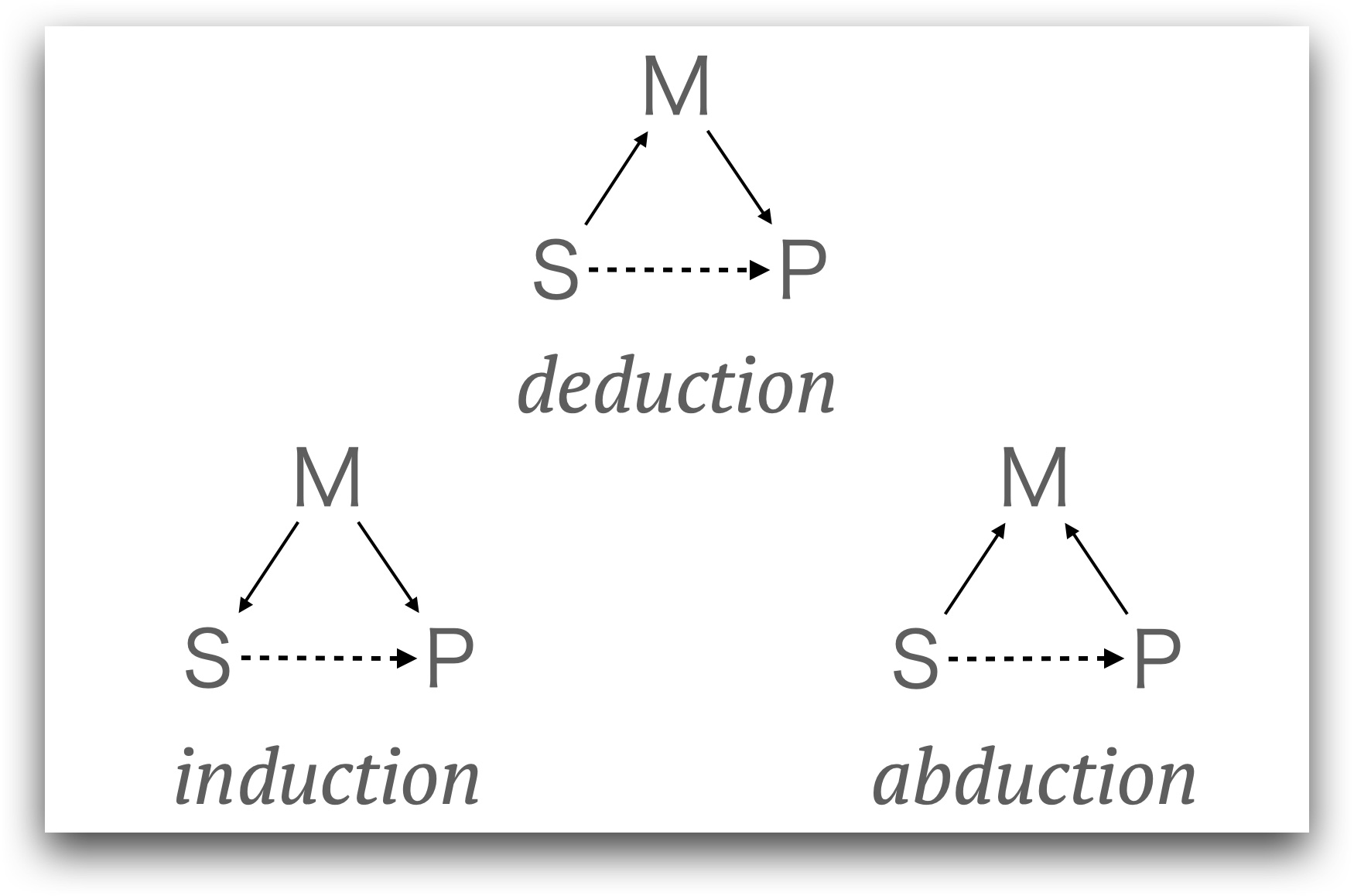Thinking and Creativity

Language is one of the characteristics of human beings and computers. But one of the major differences of human language from computer language is its flexible “use”. If even one character is different in a computer language, an error will occur, but the words written and spoken by humans are full of mistakes from the perspective of a computer. Still, we use words so that nothing happens. Behind it, not only is human language comprehension robust to noise, but there are also human-specific thinking abilities such as analogy, conceptual metaphor, and abduction that are not present in modern machines. People “birth” and “pick up” how to use words freely (even though words are neither humans nor things!). These thinking abilities allow people to flexibly understand and deal with unknown situations.
Conventional natural language processing has struggled with flexible human language use (sometimes ambiguous, irrational, or ill-formed), while ignoring it as a peripheral and trivial problem (albeit an interesting phenomenon). One of the reasons is that we couldn’t handle it even if we wanted to. However, with the recent development of approaches based on deep neural networks, the possibility of coping with unrestrained human language use and thinking has begun to appear.
We have devised a framework for knowledge representation that combines an old logical form called term logic, which was known before predicate logic (mathematical logic), and modern semantic representation by multidimensional vectors. We are working on research to realize a reasoning system that enables flexible inference based on the framework using deep learning technology [1].
Beyond that, we believe that it will lead to the realization of a dialogue system that understands the meaning of stories such as Isop’s fairy tales and enjoys word games and riddles with people.
Related publications
[1] K. Funakoshi: “Non-Axiomatic Term Logic: A Computational Theory of Cognitive Symbolic Reasoning”, arXiv:2210.06316 [cs.AI], (2022) https://arxiv.org/abs/2210.06316